Understanding Livestock Watering Habits
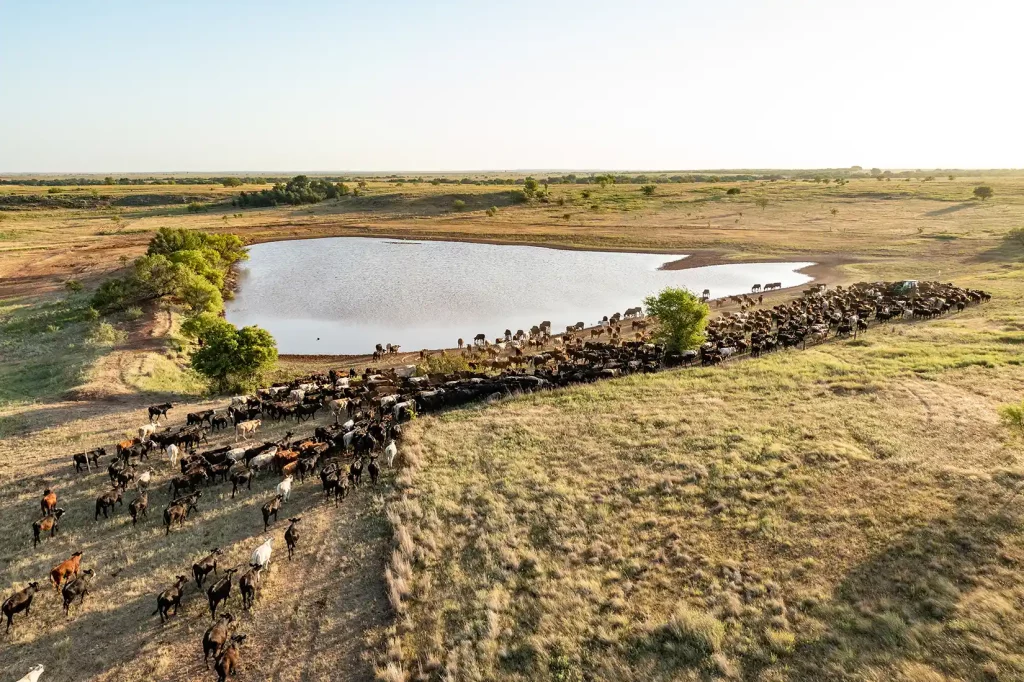
Animal behavior can influence the layout of a rancher’s watering system. These tips from the British Columbia Ministry of Agriculture and Lands can help with system design: To learn more about the basics of livestock watering systems, check out this webinar. Presenters Bill Reck, environmental engineer, and Kevin Ogles, grazing lands specialist with the USDA […]
The Top Key Water Monitoring Indicators
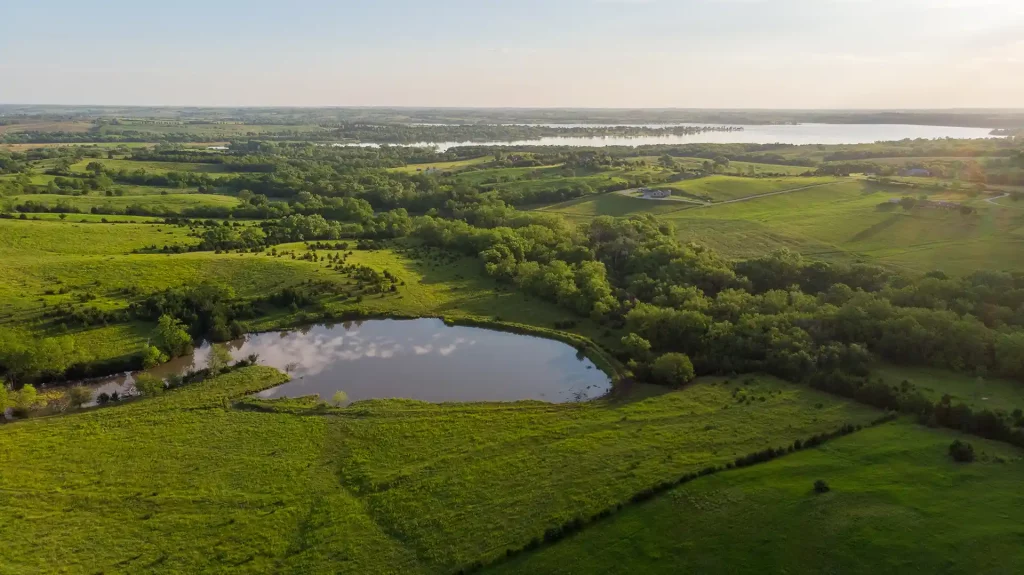
There are two water monitoring indicators that can address the timing and amount of water for livestock or other animal species on your farm, according to the Sustainable Rangelands Roundtable. Intermittent or ephemeral sources or no water may limit use in some areas. Vegetation management has been shown to impact stream and spring flows. Drought […]
How to Set Up a Fail-Proof Temporary Waterer for Farm Animals
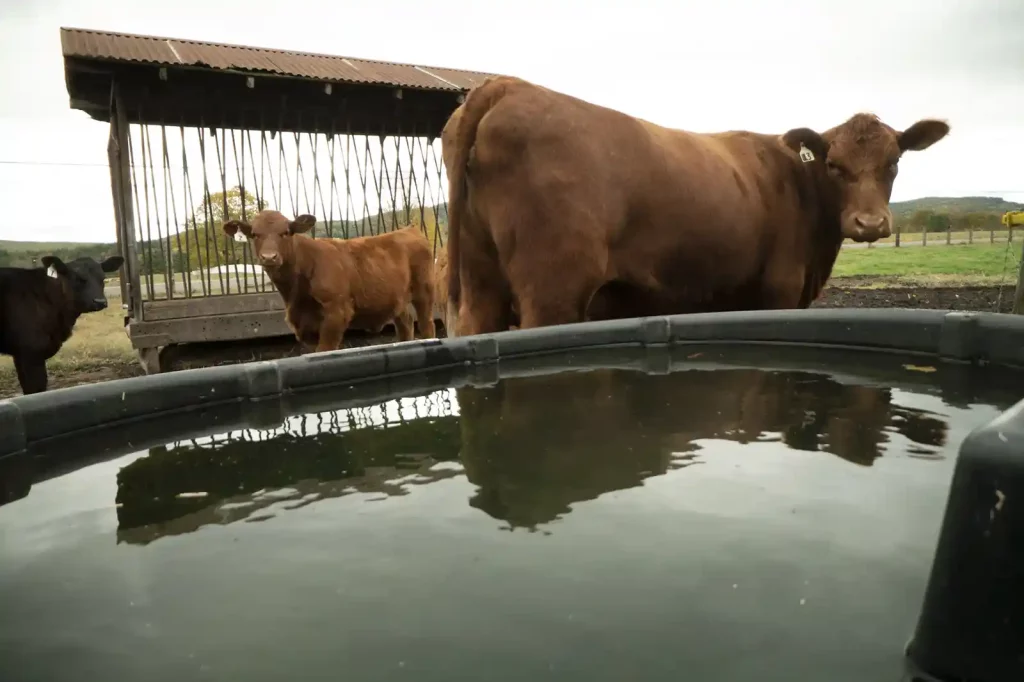
To build a temporary watering system on his ranch, Greg Judy, Green Pastures Farm, Rucker, Missouri, uses 3/4-inch polyethylene tubing and high-quality hoses to bring the water from the source to the tank in the pasture. Fiberglass posts hold the tank in place and keep cattle from knocking it over. Sidewalls from earth moving tires […]
How Much Water Do Livestock Need?
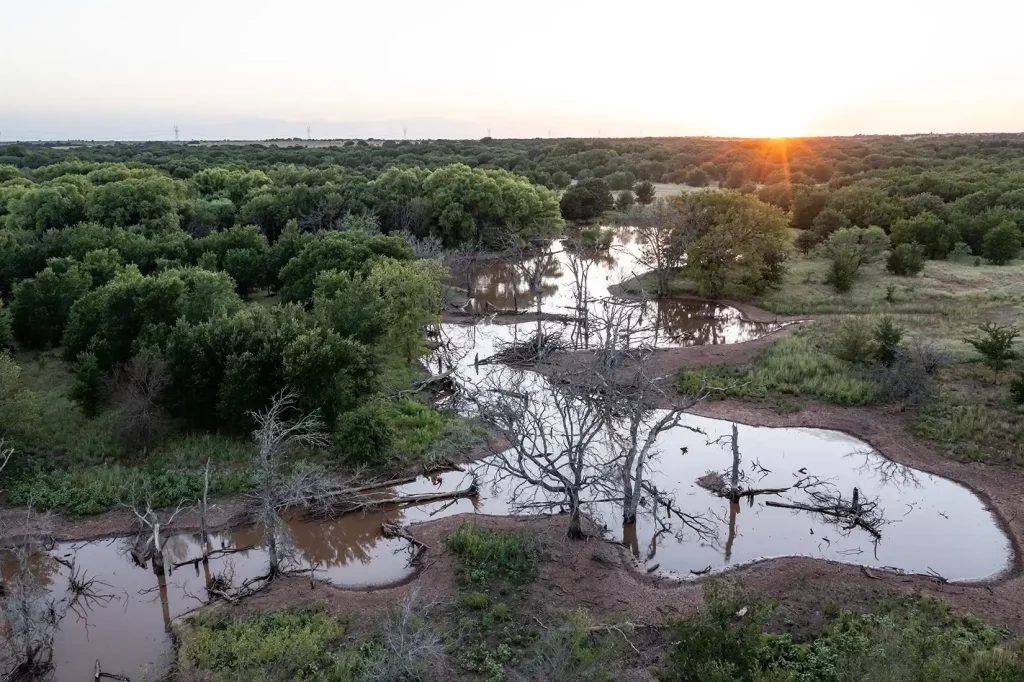
Water is a key part of grazing livestock. Lack of water can reduce animal performance more quickly and severely than any other nutrient. This table from Roger Ingram, a farm advisor with the University of California, shows the amount of water per day different livestock require (see chart pdf below). “In cooler weather, below 75 […]
Healthy Soil and Water Management Tips
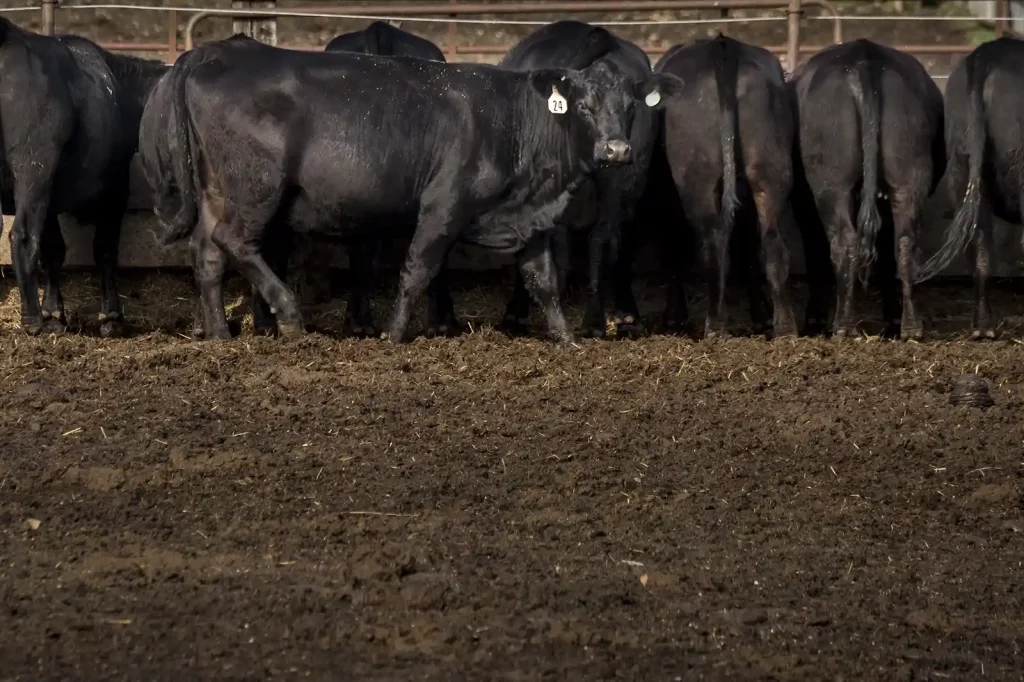
Improper fertilizer and animal waste application can affect soil and water resources. The Beef Quality Assurance Field Guide suggests these tips for monitoring and managing both soil and water to prevent contamination, reduce run-off and prevent the transfer of disease. Soil Management Tips: Water Management Tips: Casey Wade, vice president of ranching operations for Dixon […]
Soil Health Benefits and Improvement Tips
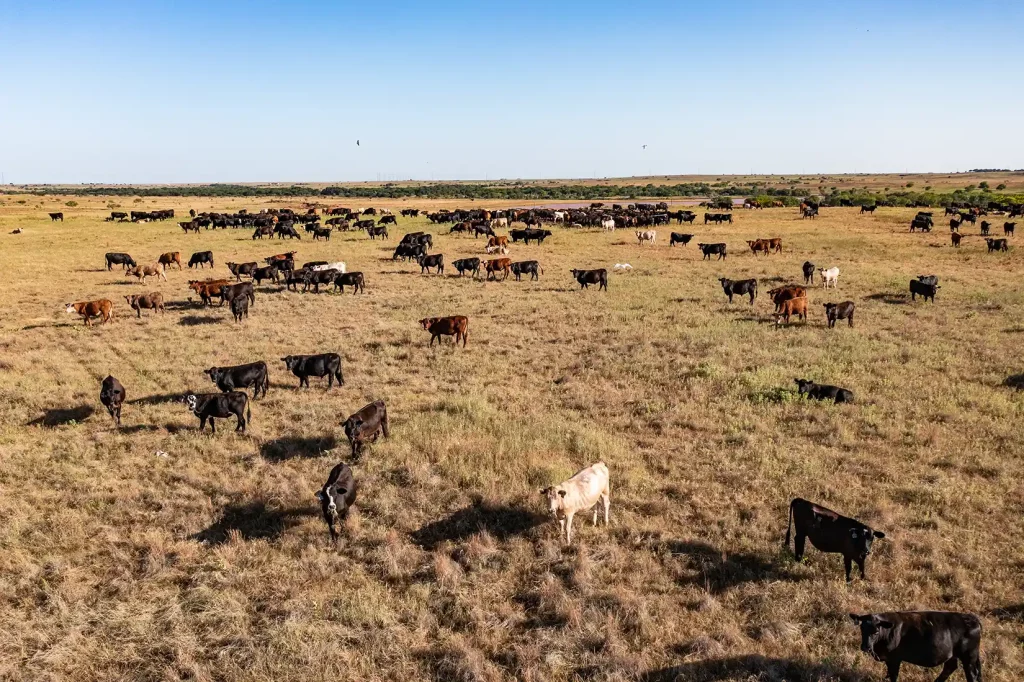
Healthy soils are fundamental to sustainable rangelands. In fact, “grazing lands occupy nearly half the Earth’s land area, provide livelihoods for millions, and mitigate climate change via massive stores of carbon,” explains Ken Tate with UC Rangelands. “Maintaining and restoring soil health is essential to ensuring these benefits in our ever changing environment.” Healthy soil can […]
How to Train Animals to an Electric Fence
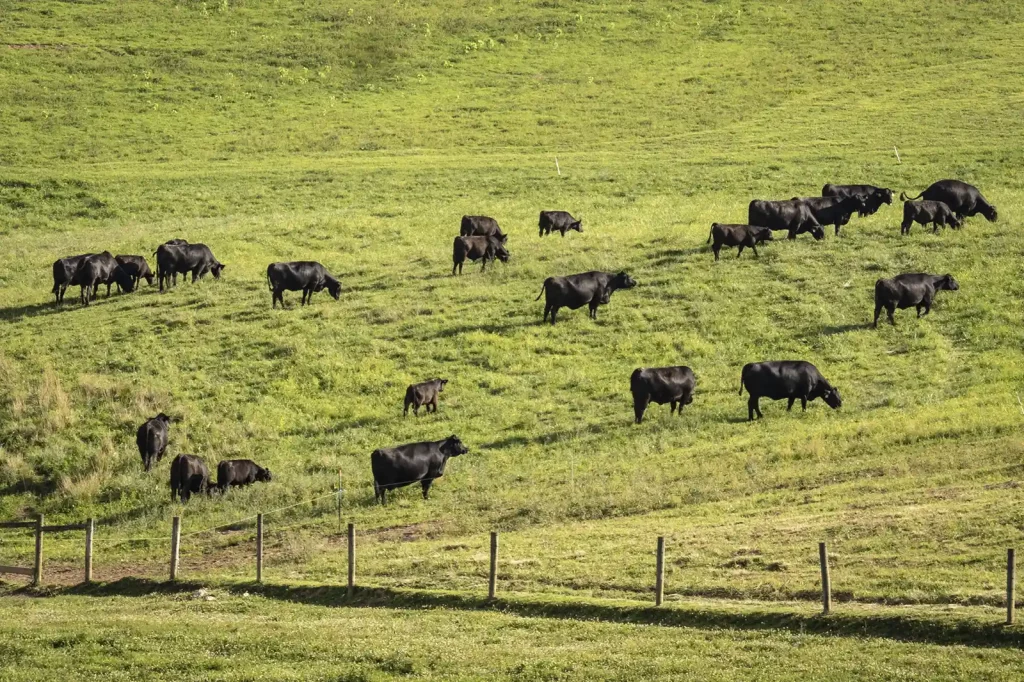
Properly training animals to an electric fence can mean all the difference before using the fence to contain them. Don Ashford, a rancher in Ethel, Louisiana, and the National Grazing Lands Coalition offer some tips for training animals properly. Watch the Wallace Center’s Guide to Training Animals to an Energized Fence as part of The […]
How to Successfully Set Up a Solar Electric Fence
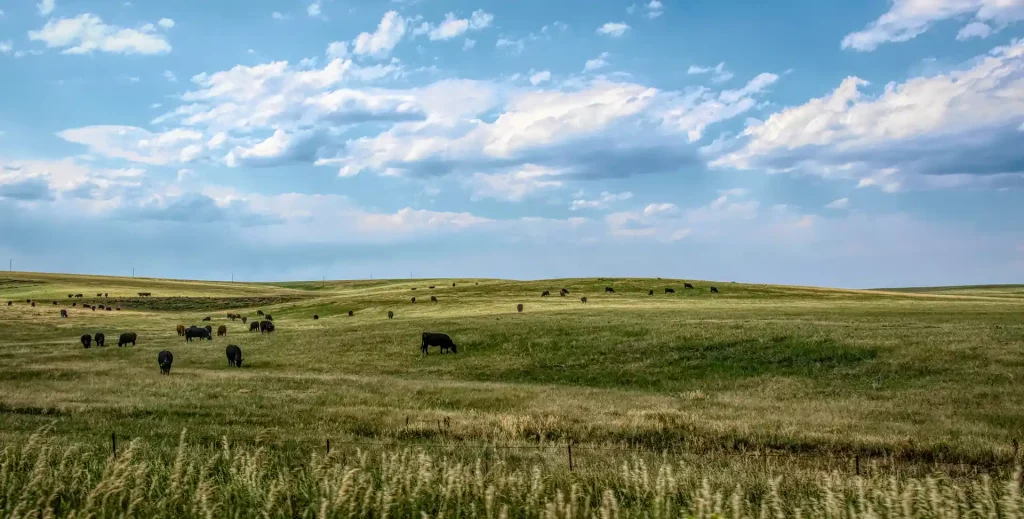
Since there isn’t electrical power at Dean Schneider’s ranch, solar was his only option for an electric fence. As the manager of Bell Rule Genetics, a family ranching operation in northeast Oklahoma, solar electric fencing has been a very cost-effective and trouble-free part of his rotational grazing system. While solar can be tricky, Schneider figured […]
How Climate Change is Impacting Rangelands

Rangelands encompass over 770 million acres of land in the U.S., and despite their classification as a single land type, these U.S. rangelands occur across a variety of ecosystems and have unique vulnerabilities. There is consensus in the scientific community that rangelands are especially vulnerable to the effects of climate change, and that management will […]
Electric Fence Tips for Ranchers
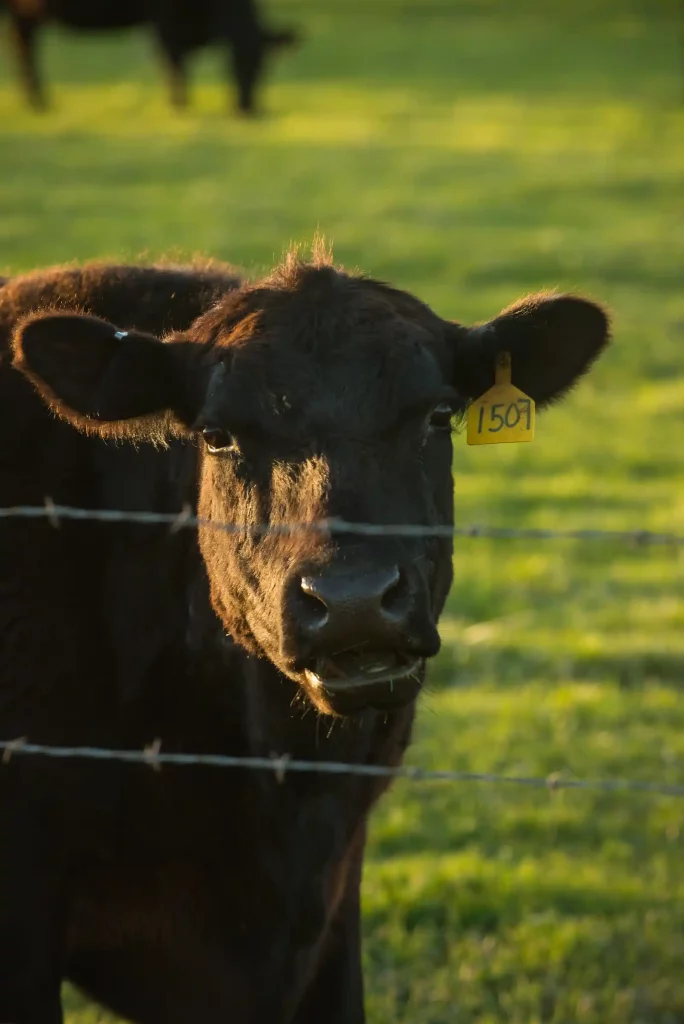
Electric fences can actually provide ranchers with cost-effective land management possibilities. The goal is to create a strong perimeter fence with temporary or modest interior fencing, according to the National Grazing Lands Coalition. Then, by training animals to the fence before putting them in, ranchers find the most success. The National Grazing Lands Coalition recommends […]